The Digital Construction Awards attracted 165 entries this year, 84 of which have been shortlisted. Here, we detail the shortlisted entries for the Product Innovation of the Year award.
This category recognises new technology – hardware and software – that aims to bring about real-world improvements in the delivery and operation of the built environment. Eight entries have made the shortlist.
Persimmon | The Persimmon Way App
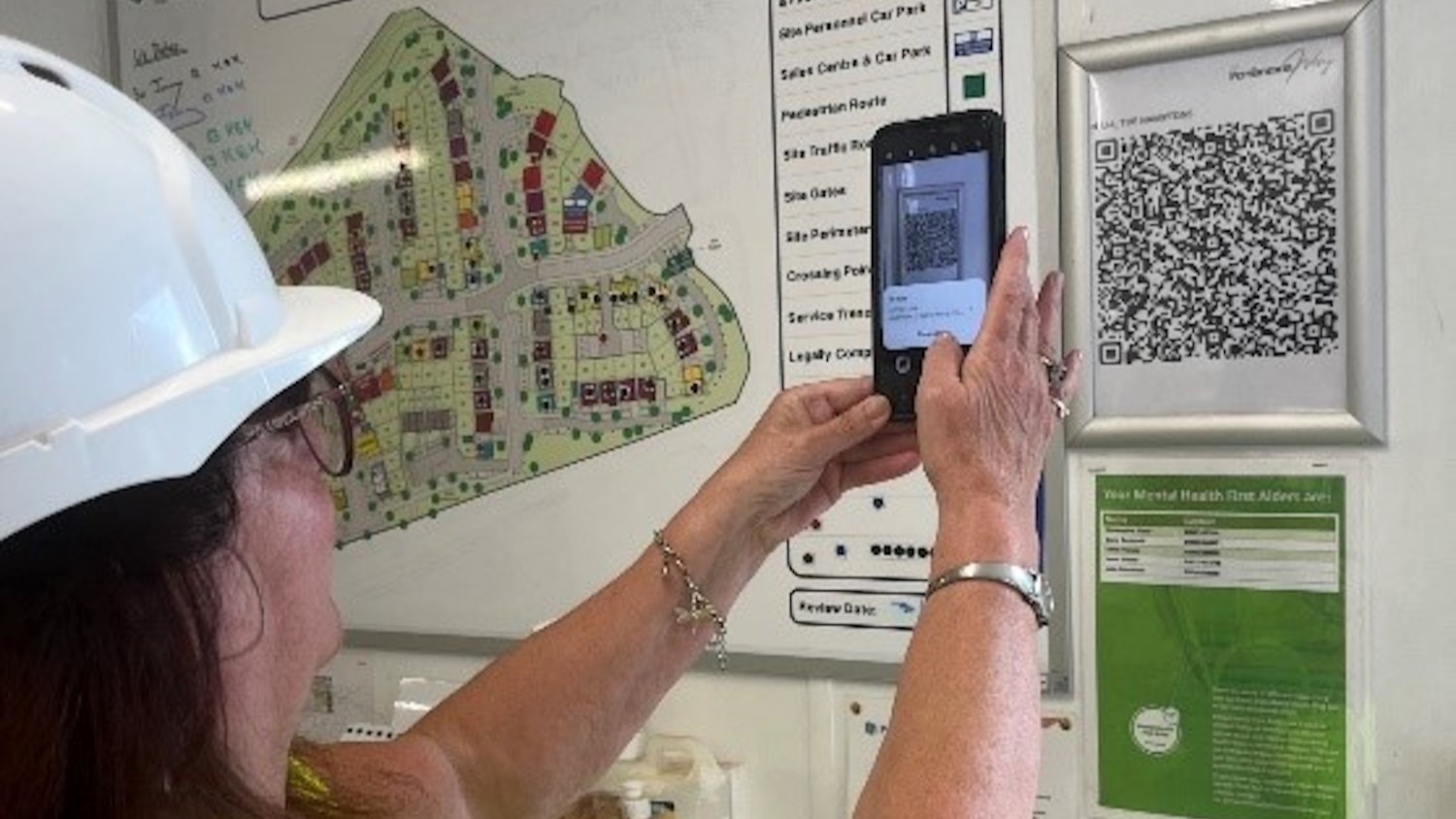
The Persimmon Way app was developed by the housebuilder to ensure high-quality standards are achieved across all its sites, by capturing information about every individual working on Persimmon projects.
Prior to the app, there was a heavy reliance on site managers to ensure that workers were adhering to standards and procedures. Manual forms and processes were controlled internally by that site.
The app aims to enforce consistent standards across 30 regional operating companies and more than 250 construction sites. The housebuilder looked at several off-the-shelf products that could help it meet these requirements, but nothing suitable was available, so it decided to build The Persimmon Way app itself.
This meant understanding the complexities involved in all business processes, and defining and creating multiple tasks, including document, form, photo, video, quiz and signature tasks. One example of this is the Persimmon Induction, whereby every person who visits a site for the first time is asked to complete an induction and watch a 17-minute video (which cannot be forwarded or skipped).
The app captures the information about every individual working on Persimmon projects and their skills, checking their trade credentials, their competence, that they have been properly inducted, and that they fully understand relevant rules and regulations.
When workers enter a site, they scan a QR code, which is checked against the CSCS card database, ensuring there are no expired or revoked cards. The app must be used by all workers on Persimmon sites.
Lattice
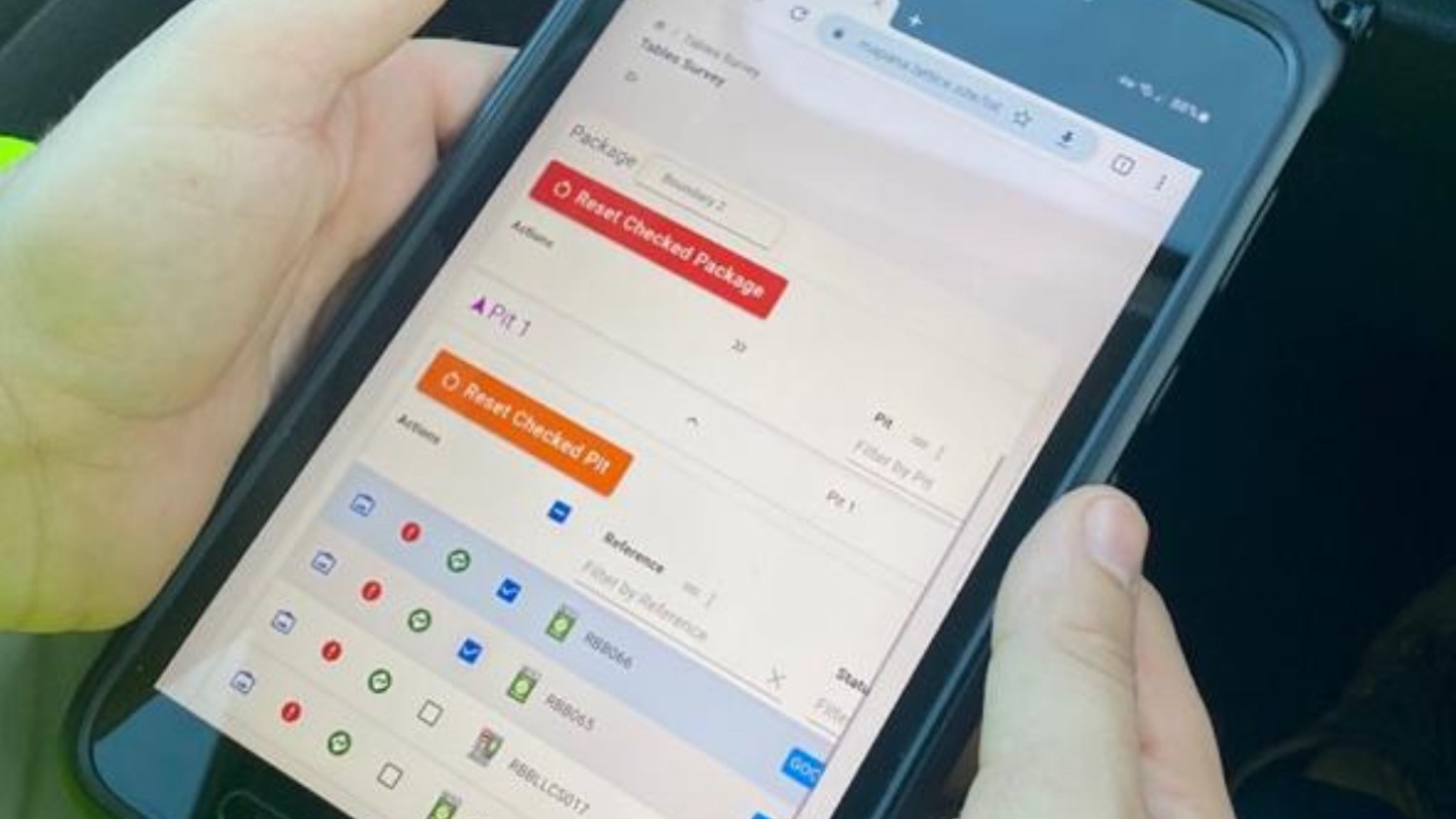
The expansion of Transport for London’s (TfL) ultra-low emission zone (ULEZ) required the installation of 1,200 signs along London’s outer boundary. TfL awarded the installation contract to the Tarmac Kier JV (TKJV), which turned to early-stage start-up Lattice to provide the web-based software to enable collaboration between field and office teams.
The challenges were many, including the difficulty in two-way sharing of data with subcontractors and complications in collating asset information for the client at handover.
TfL was also concerned about the signs being vandalised and there was a lack of planning for survey execution and resource planning, as it was not known how long it would take to drive around the sign locations. Furthermore, there were limitations in standardising routes for maintenance crews as Google Maps allows only 19 locations for optimised routes.
Lattice’s three-man team developed the platform and software to overcome the challenges. This included developing a navigation app for the field teams to get them from point-to-point as efficiently as possible, allowing for London traffic. The app was also integrated with GoPro cameras. At any assigned location, the app recognises the spot and automatically captures an image using the GoPro camera, offering an efficient method of documentation while driving.
An asset library resembling a traditional spreadsheet was created, containing essential information such as photos, construction drawings, site documents, comments, and logs for each asset. This information could be shared among supervisors and subcontractors with a single click. Lattice offered a map view that plotted all assets with their respective details and progress status, providing stakeholders with enhanced project visibility and insights. Ultimately, by using Lattice, TKJV reduced project costs by 3%.
ONE Engage | One Creative Environments

ONE Engage is an innovative building safety platform developed in response to the Building Safety Act. It connects residents, landlord safety teams, and fire and rescue services (FRS) digitally, addressing post-Grenfell obligations and helping to ensure safety-critical assets are compliant.
It was developed by One Creative Environments, in partnership with software house Bluebox, with funding from Innovate UK.
The new building safety regime means dutyholders in the housing sector must put provisions in place to share information relating to the management of key assets with residents and the FRS. This is a challenge. A typical social housing landlord with 2,800 dwellings will annually generate approximately 840 information exchanges with the FRS and almost 7,000 individual safety-related exchanges with residents.
Meanwhile, across 45 FRS regions in the UK, information management varies, exacerbated by a lack of resources. Also, there is no standard solution in place for the exchange of information for the approximately 13,000 higher-risk buildings in the UK.
The ONE Engage platform aims to address these gaps for all three user groups:
- landlords use the system to manage information exchanges with residents and fire authorities;
- fire authorities use the interactive map to access critical building safety information, both static and dynamic; and
- residents use the system to connect with those in their vertical community, understand their building better, their legal responsibilities, opportunities, the performance of their landlord and, above all, to feel safe.
Although in its infancy, ONE Engage has entered beta testing with several organisations. A tier 1 contractor, in collaboration with a local authority, is testing the technology on two operational higher-risk buildings, with 200 residential units in total.
KOPE
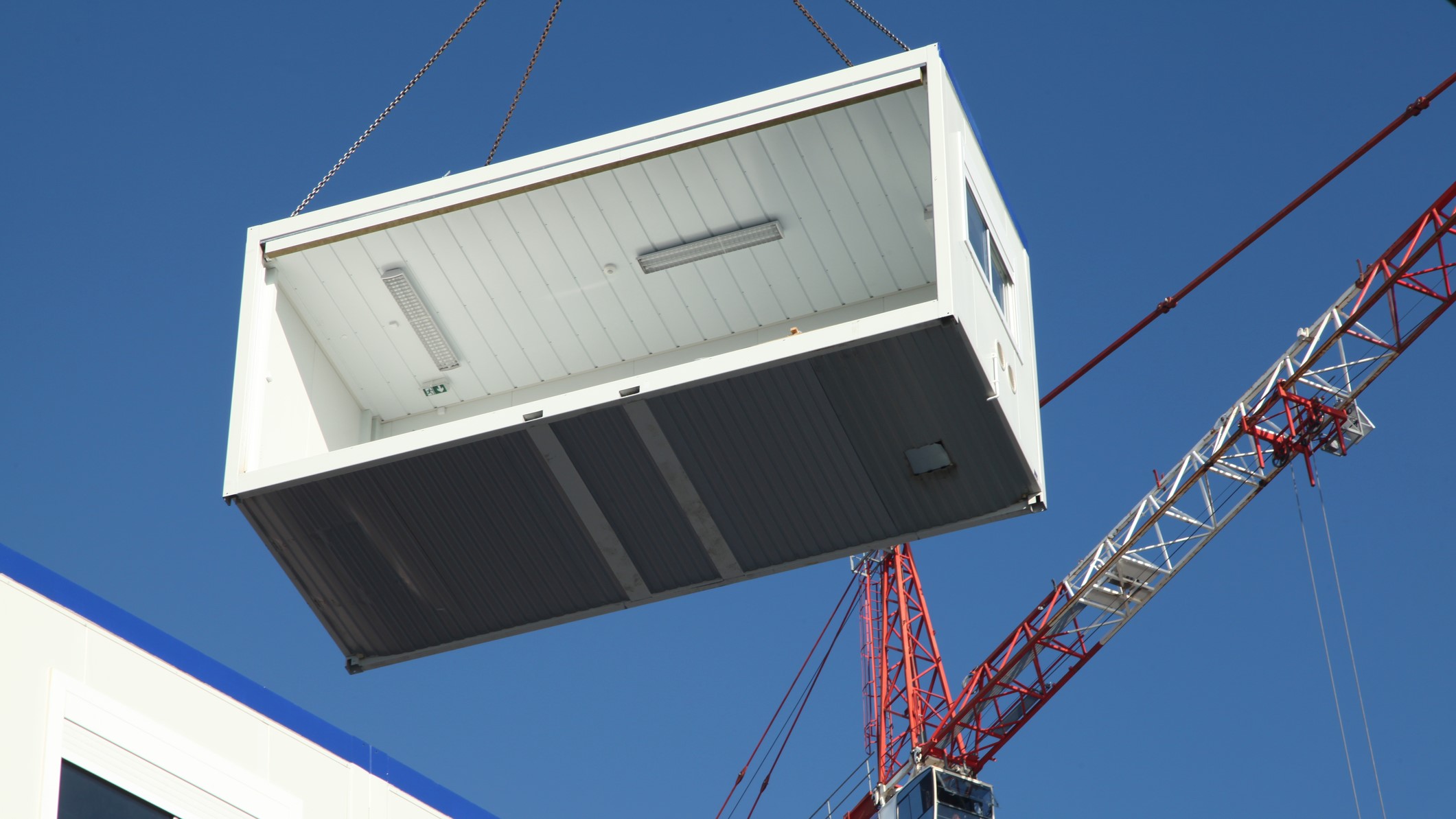
A purpose-built software platform for offsite construction, KOPE aims to bridge the gap between product manufacturers and construction projects, advancing the offsite sector through digital innovation.
KOPE’s technology interprets design models and breaks them down into manufacturable components that are defined by the suppliers’ product and capabilities.
The company aims to resolve three key challenges for offsite construction:
- Visibility. In traditional construction, decisions do not often consider the full range of available offsite options. Typically, suppliers are engaged after tender, and the contractors proceed using their preferred suppliers.
- Variation. There is a need to standardise and digitise to streamline the integration of offsite products into design models.
- Production. Construction projects necessitate extensive documentation, including specifications, drawings, schedules, and reports. Digitising and automating this process is essential to increase productivity.
KOPE was developed as a direct response to these challenges. It comprises two primary components:
- KOPE: Addressing the crucial need for early supplier involvement and the seamless integration of offsite construction products into design models, KOPE digitises suppliers’ product logic, enabling automatic configuration and integration into design models.
- KOPE Market: Complementing KOPE, this is a centralised and free digital hub where designers can explore the entire offsite construction sector, connect with suppliers and find the right products for their projects.
KOPE’s success to date has built on strategic partnerships, notably with offsite specialist Cast Consultancy, in developing KOPE Market. It works with main contractor clients, including Laing O’Rourke and Mace, and more than 750 suppliers of products from across the UK and US are on KOPE Market.
Invicara | Twinit
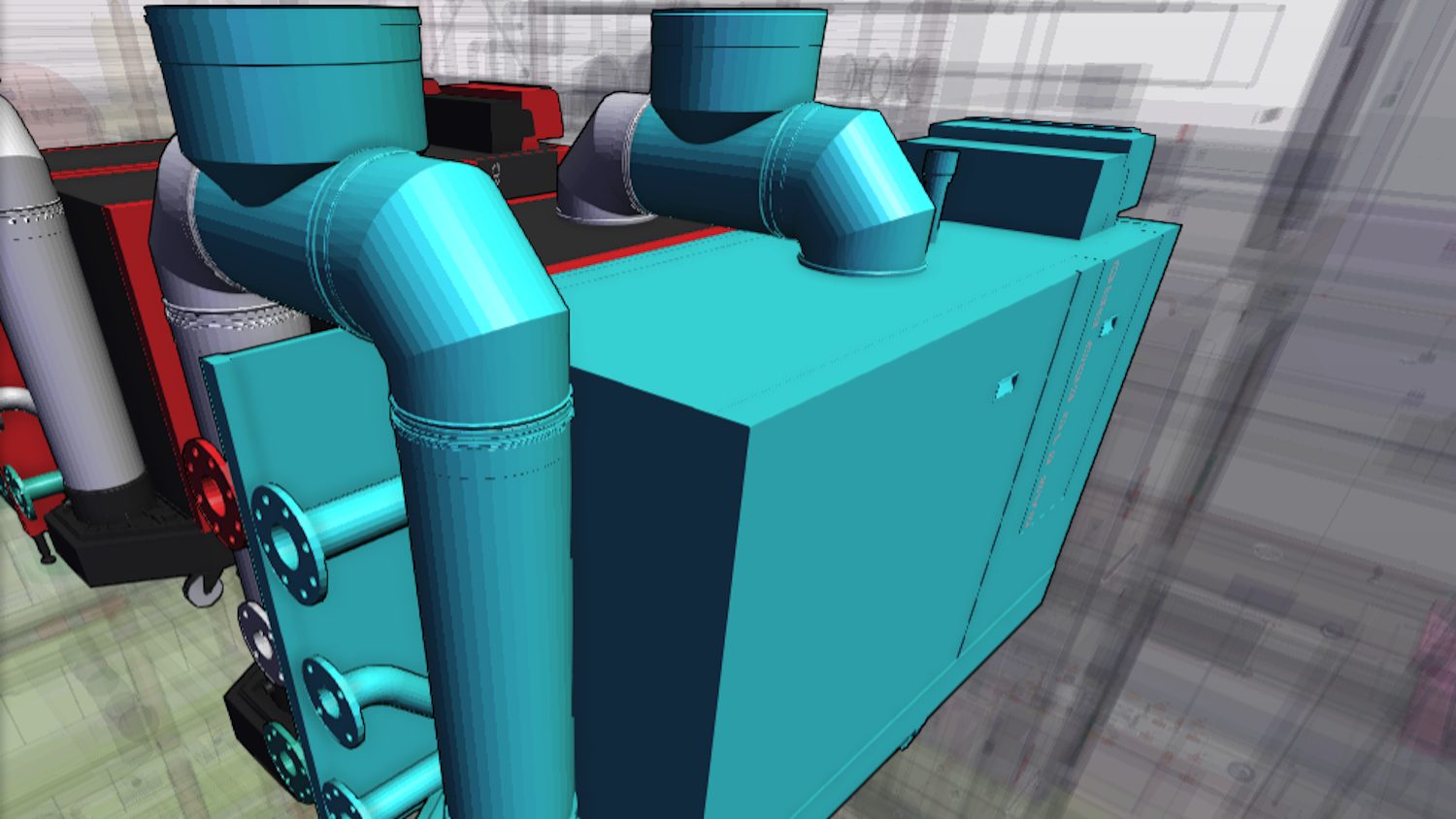
Twinit describes itself as the first ‘composable’ digital twin services cloud, a framework that orchestrates capabilities normally found in several platform categories, in one unified environment. It integrates tech services such as GIS, CAD, BIM, BMS, IoT and immersive experiences, helping organisations harmonise governance and enhance data security, while streamlining vendor relationships.
It enables capital project managers to model a business problem by defining the entities involved, their relationships, their behaviours, and related data. This could be the tracking of project progress, cost, carbon, quality, handover, maintenance or asset management.
Twinit provides an open integration framework and its configurable REST connectors enable project managers to access data they need from repositories maintained by different project stakeholders.
Imperative to any digital transformation is the adoption of technology through positive user experiences when interacting with new systems and applications. Twinit enables organisations to build and customise their application and user interfaces to deliver highly targeted user journeys based on the role of the user and their functional requirements.
Twinit was launched in May 2023 and has been adopted by clients including the NEOM development in Saudi Arabia, for applications in planning, design, construction and operations. A property developer in Ireland is using Twinit for a smart building application that is integrated with its BMS system, smart utility meters and indoor air-quality sensors, enabling them to extend useful asset life, improve energy performance and optimise the comfort and wellbeing of the occupants.
ORIS Materials Intelligence/Sweco UK – ORIS Autodesk Civil 3D plug-in
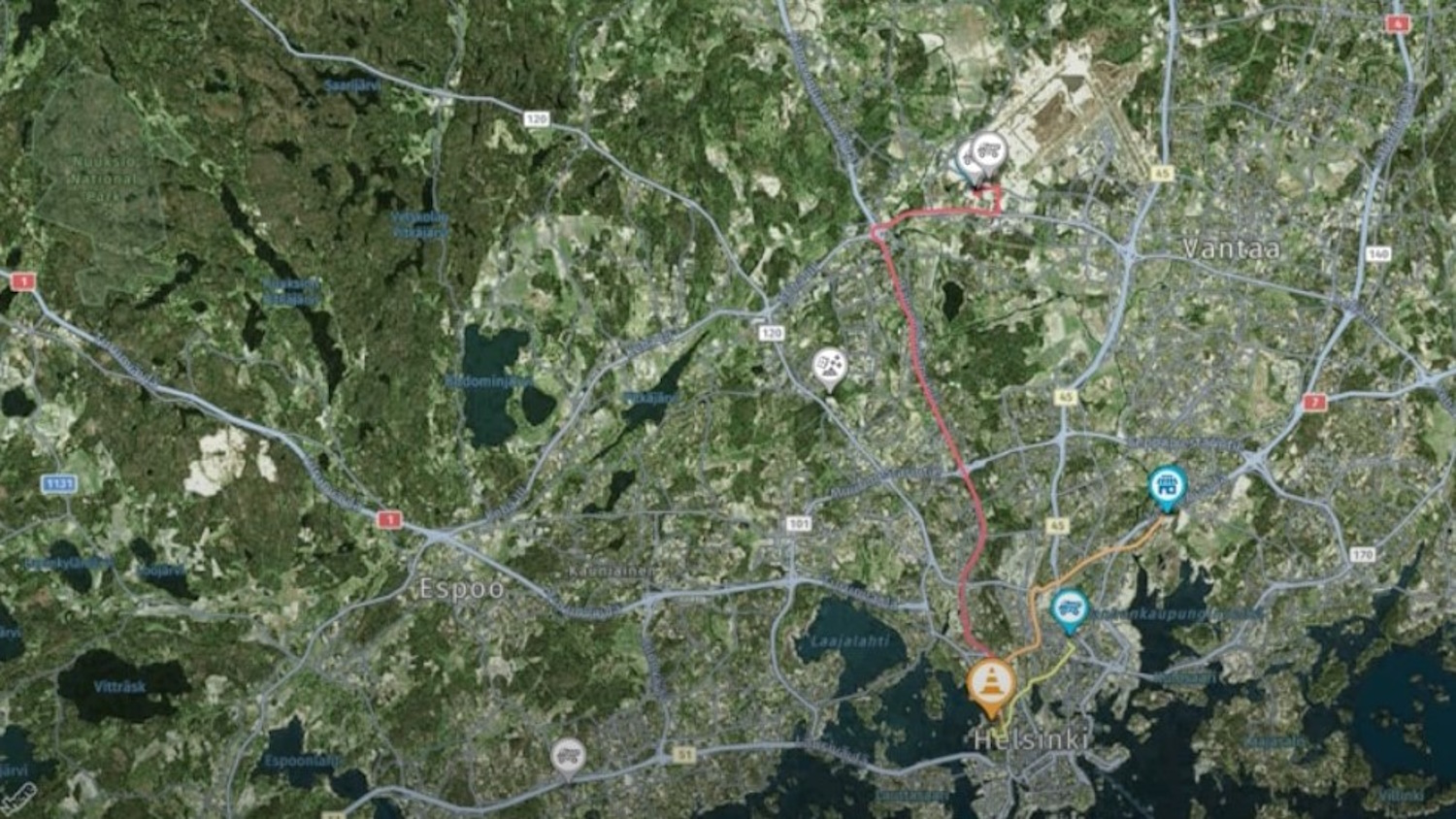
The infrastructure design industry has long grappled with the challenge of accurately assessing and minimising the environmental impact of projects, particularly quantifying carbon emissions.
ORIS and Sweco aimed to solve this by developing an innovative solution that would seamlessly embed ORIS’s advanced carbon assessment and linear infrastructure emissions modelling capabilities into the core Autodesk Civil 3D design process.
Creating a cohesive, user-friendly solution required close collaboration between ORIS and Sweco to harmonise data specifications, modelling algorithms, and visualisations across both platforms.
A key feature is the plug-in’s ability to connect early project drawings in Civil 3D to available local material production sites. This enables rapid lifecycle assessment of environmental footprints across the project timeline. The geographic supply chain mapping allows designers to make informed decisions on the most sustainable material sourcing options to reduce emissions and promote local design solutions and materials.
Traditionally, carbon assessments required manual data transfer between disconnected applications, leading to inefficiencies and error risks. In contrast, the ORIS plug-in automates this process, eliminating those pain points. With just one click, Civil 3D pavement designs are imported into the cloud-based ORIS platform for visual mapping of materials and design extents.
Extensive real-world testing and client feedback indicate a reduction in analysis time by 80% and embodied emissions in highways by up to 50%. For Sweco, the plug-in has met and exceeded requirements by delivering accurate carbon impact assessments, promoting responsible sustainable practices, and supporting emissions reduction commitments.
Elecosoft | AstaGPT
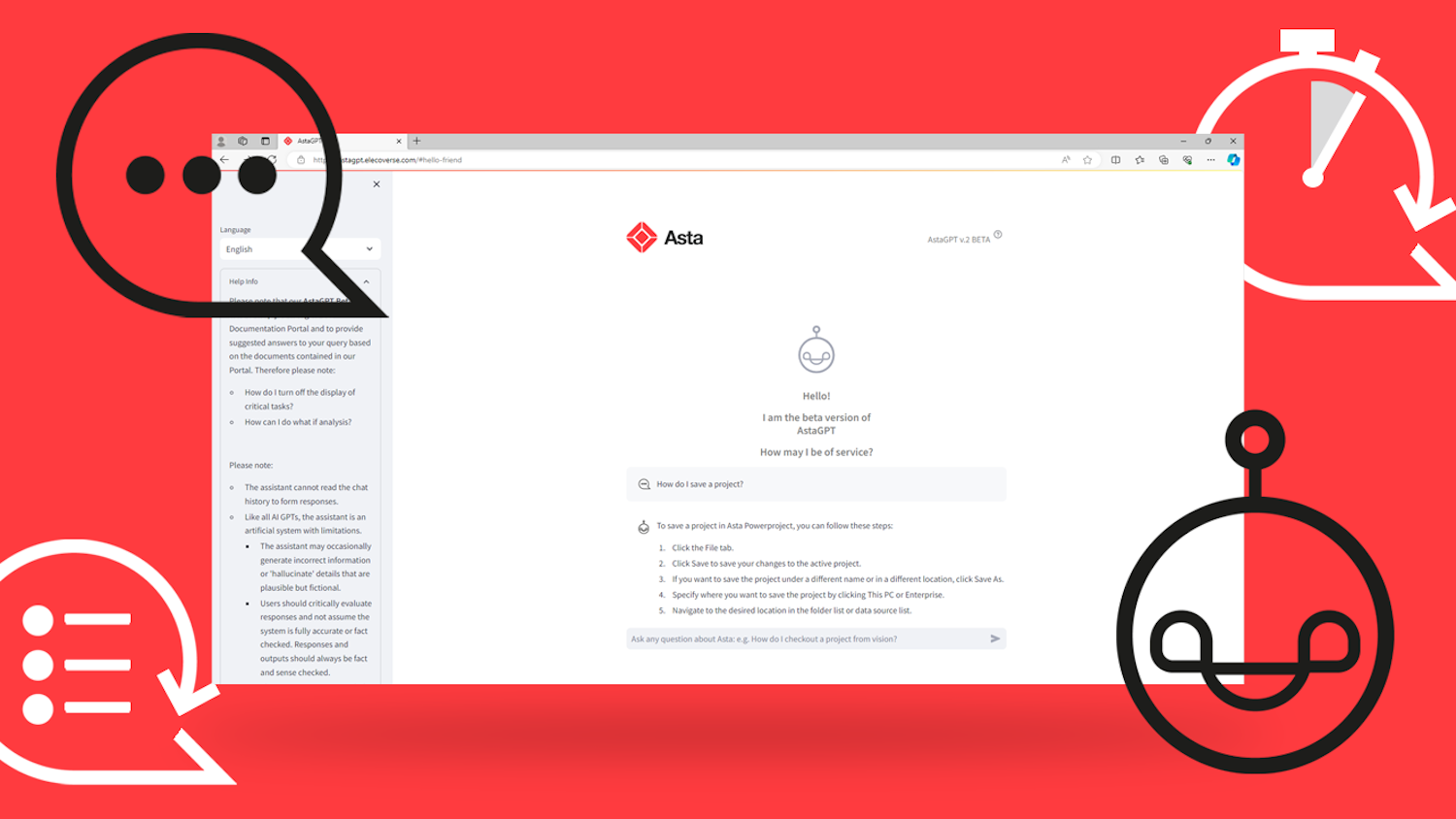
AstaGPT is an AI-powered digital assistant, developed in-house, which swiftly provides answers, guidance and solutions to users of the Asta suite.
Elecosoft’s Asta suite of software solutions is used globally to plan, track and deliver the world’s most complex construction and infrastructure projects. The software has been in use for nearly 40 years and is accessed by more than 55,000 professionals across 180 countries. Elecosoft wanted to make customer-centric improvements to the help facility, so that users would no longer grapple with manuals and keyword searches.
Three criteria shaped the research and decision-making:
1. The AI tool must protect the fidelity of existing help documentation.
2. It must be browser-based and available 24/7.
3. It must be self-serving.
Following research, Elecosoft determined that the tool could be built on the technology that drives Large Language Models (LLMs), retrieval augmented generation and deep learning-based translation. Question completion is powered by OpenAI and LLAMA2 using the best proprietary and open models available. The translation layer uses DeepL.
Trained on expert-authored help documentation, AstaGPT can now distil precise information from more than 1.5 million words into a Q&A format. Users receive clarity and actionable steps promptly. Elecosoft notes that the existing help documentation is crucial to AstaGPT being a useful tool today: “AI is just like any system; quality in = quality out.”
In its first month of beta release, AstaGPT has been used 3,000 times, processing inputs and answers in 35 languages.
Ramtech | Linear fire detection system
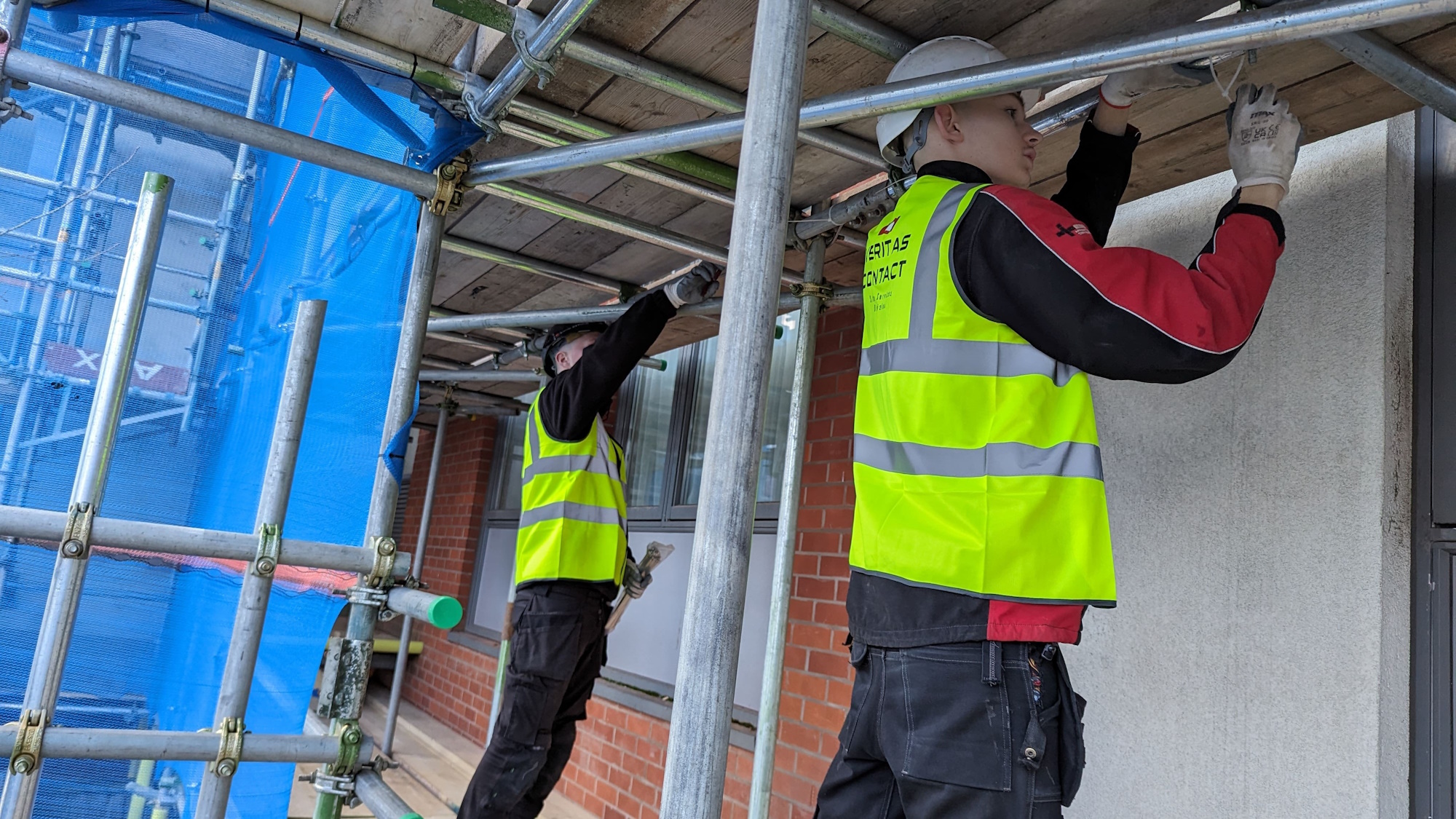
Wireless technology company Ramtech worked with Thermocable, a manufacturer of linear detection cable and monitoring systems, to develop this linear fire detection system, tailored specifically for safety on scaffolding structures. (Both companies are part of the Halma group.)
The product is a response to the pressing need for enhanced fire safety measures during cladding remediation projects in the wake of the Grenfell Tower tragedy. To perform the necessary remediation work, contractors have to erect major scaffolding structures, which in turn adds a fire-risk factor.
Designed into a digital linear heat cable, this system can be strategically deployed along the underside of scaffolding at every level. Each heat detection device can monitor up to 2,000m of cable, accommodating buildings of any size. In the event of alarm activation, real-time alerts via Ramtech’s REACT system are delivered to mobile devices of the relevant personnel, with a graphical map pinpointing the exact location for fast response.
The linear fire detection system was supplied by Ramtech to contractor Veritas Contact on a cladding remediation project for a six-storey building. It was installed to the underside of the scaffolding boards, using metal fix-and-tie wraps, at every level to provide an early warning of any fire outbreaks. The contractor was also able to connect this cable system to the building’s main fire alarm system, using Ramtech’s wireless interface unit through its WES3 system, which negated the need for costly ‘waking watch’ patrols.
Ramtech, which works with major contractors including Laing O’Rourke, Bowmer + Kirkland and Willmott Dixon, is now talking with other clients about using the system on similar cladding remediation projects.
Celebrate with the best
The winners of the Product Innovation of the Year category, alongside the victors of the other 12 categories, will be revealed at the awards dinner on 2 July at the Brewery in London. You can join them by booking your places at the awards.
The Digital Construction Awards celebrate best practice and reward innovation in the application of information management and digital technology in the built environment sector.
The awards are run by Digital Construction Week, the Chartered Institute of Building (CIOB), and Construction Management and BIMplus. Awards sponsors include Bluebeam, Procore, Revizto and the CIOB.
Don’t miss out on BIM and digital construction news: sign up to receive the BIMplus newsletter.












